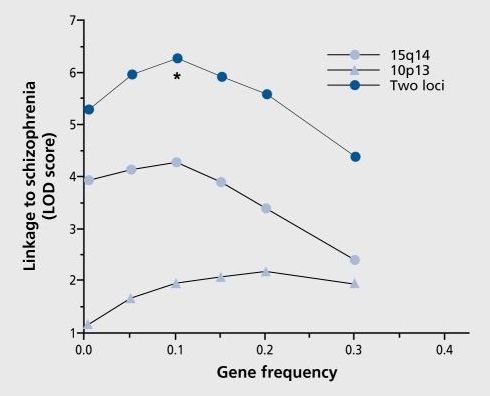Science photographers can expose scenes that are otherwise impossible to view.



Michigan State University senior vice president Stephen Hsu, a theoretical physicist and the founder of Genomic Prediction, demonstrates how the machine learning revolution, combined with the dramatic fall in the cost of human genome sequencing, is driving a transformation in our relationship with our genes. Stephen and Azeem Azhar explore how the technology works, what predictions can and cannot yet be made (and why), and the ethical challenges created by this technology.
In this podcast, Azeem and Stephen also discuss:

The Aldabra white-throated rail, a flightless bird that lives on its namesake atoll in the Indian Ocean, doesn’t look like anything special at first glance. But the small bird has big bragging rights, because it has effectively evolved into existence twice after first going extinct some 136,000 years ago.
According to a study published Wednesday in the Zoological Journal of the Linnean Society, the rail is an example of a rarely observed phenomenon called iterative evolution, in which the same ancestral lineage produces parallel offshoot species at different points in time. This means that near-identical species can pop up multiple times in different eras and locations, even if past iterations have gone extinct.
Fossils of the flightless bird were found both before and after Albadra was submerged by an “inundation event” that occurred around 136,000 years ago, said study authors Julian Hume, an avian paleontologist at Natural History Museum in London, and David Martill, a paleobiologist at the University of Portsmouth.

Gravitational waves, first detected in 2016, offer a new window on the universe, with the potential to tell us about everything from the time following the Big Bang to more recent events in galaxy centers.
And while the billion-dollar Laser Interferometer Gravitational-Wave Observatory (LIGO) detector watches 24/7 for gravitational waves to pass through the Earth, new research shows those waves leave behind plenty of “memories” that could help detect them even after they’ve passed.
“That gravitational waves can leave permanent changes to a detector after the gravitational waves have passed is one of the rather unusual predictions of general relativity,” said doctoral candidate Alexander Grant, lead author of “Persistent Gravitational Wave Observables: General Framework,” published April 26 in Physical Review D.

Low Earth Orbit (LEO) satellites are still in their nascency, but analysis of BroadbandNow US market pricing data suggests that the technology could save American households more than $30 billion per year by intensifying broadband competition.
LEO satellites, such as the constellations planned by Elon Musk’s SpaceX Starlink project and Jeff Bezos’ Project Kuiper, promise to bring low-latency broadband internet to millions of Americans. LEO satellite orbit extremely close to earth, between 99 to 1200 miles versus 22,000 miles of traditional GEO satellites, which means less time to transfer information (lower latency) and a quality of service comparable to wired broadband cable and fiber providers. The arrays will be precisely mapped into massive constellations to maximize coverage.
LEO technology will offer robust internet access to underserved and rural communities lacking wired, low-latency broadband options. The arrival of this emergent technology is likely to drive down monthly internet prices for hundreds of millions of Americans.
Jeff Bezos just unveiled a giant lunar-landing vehicle created by his rocket company Blue Origin.
Called “Blue Moon,” the lander is designed to deliver a variety of sizes and types of payloads to the moon’s surface, with the eventual goal of establishing what the company calls a “sustained human presence” on the moon.
The model of the Blue Moon lander that Bezos revealed today is the version designed to carry robotic and infrastructure payloads to the moon. Bezos said payloads could weigh up to 7 tons (6.5 metric tonnes). But according to the company’s website, “the larger variant of Blue Moon has been designed to land an ascent vehicle that will allow us to return Americans to the moon by 2024.” A vehicle designed for people was not shown at the event, however.

Dialogues Clin Neurosci. 2005;7:17–29.
Freedman R, Ross R, Leonard S, Myles-Worsley M, Adams CE, Waldo M, Tregellas J, Martin L, Olincy A, Tanabe J, Kisley MA, Hunter S, Stevens KE.
1Department of Psychiatry C-268–71, University of Colorado Health Sciences Center, Denver, CO 80262, USA. Robert. [email protected]


